SP80: 80-knot Sailboat Demands High-Performance Sensing
Fischer Connectors’ solutions support the transmission of sensor data for the wind-powered SP80 boat setting out to reach the phenomenal speed of 80 knots, which if achieved will break the long-standing world sailing speed record of 65.45 knots.
During the development of its boat that is now close to its final design phase, the SP80 team has chosen Fischer Connectors for the data-transmission solutions interconnecting the various sensors that will equip the boat and its pilot to break the world sailing speed record.
The technical challenge is to sail at a speed of 80 knots (148.16 km/h), powered only by the wind. This is 14.55 knots faster than the record of 65.45 knots (121.21 km/h) set in 2012.
The carbon-fiber SP80 boat looks like a Formula 1 car combined with a fighter jet designed specially to glide on the water, featuring a super-ventilating triangular hydrofoil and towed by a huge kite wing.
“Several projects are in the running to break the long-standing world sailing speed record,” said Mayeul van den Broek, CEO of the SP80 startup based in Renens near Lausanne, Switzerland, and created in 2019 by a team of engineers and students from the Swiss Federal Institute of Technology in Lausanne (EPFL). “This technological adventure is fascinating, as we’re confronted with extremely challenging physical laws. That’s why our international team of nearly 50 people, some of whom are now finalizing the innovative design of our boat which is being built in Persico Marine’s shipyard in Italy, is anxious to get the very best in terms of data-transmission performance and reliability. These technical requirements are crucial when it comes to interconnecting the various sensors with which our boat and its pilot will be equipped during the launch and the boat’s enhancement runs scheduled for the end of the year, and the record-breaking event scheduled for next year.”
 3D rendering of the SP80 sailing on water. (photo courtesy of SP80)
3D rendering of the SP80 sailing on water. (photo courtesy of SP80)
The data collected by the multiple sensors and loggers monitoring the boat’s structure and the pilot’s performance will be transferred through the connectors, associated cables and electronic solutions of Switzerland's Fischer Connectors.“The technology partnership with Fischer Connectors is a logical step forward in our record-breaking ambition,” said van den Broek. “The innovations we’re putting in place to enhance our boat’s aerodynamics above water and minimize the friction of its hull and foil under water need to be monitored during the boat’s development phase as well as during the speed run itself. To ensure the efficient transfer of these monitoring data, we need a solutions provider that has not only expertise in signal integrity and data transmission and management, but also a holistic approach to electronic systems in order to provide the end-to-end connectivity solutions required for our sensing system.”
During the design phase, sensors are used to improve and control the robustness of the high-performance materials (carbon, titan, stainless steel) of the boat’s structure. Thanks to the design of the super-ventilated foil, stability is optimized and the impact of cavitation – a phenomenon in which water starts boiling around foils at extreme velocities, slowing the boat down – is avoided. During the speed run, data are collected from the various electronic modules and control sensors directly integrated into the boat, and from the monitoring sensor communications between the pilot and the technical crew on shore, including biometric data transferred through sensors worn on the pilot’s body such as vital and security parameters.
“The SP80 project is exciting and inspiring,” says Fischer Connectors’ CEO Jonathan Brossard, “as it combines innovation and performance to push the boundaries of physical laws thanks to unique solutions and daring concepts. One member of the SP80 R&D team is part of our own R&D center, making the exchange of expertise all the more efficient and easier. We look forward to discovering the technological breakthroughs on which the SP80 team is working, and which Fischer Connectors is proud to support.”
The final design of the boat for the record will be revealed to the public in spring 2022. The launching of the boat will take place at the end of 2022, while the first tests are scheduled in the South of France for the spring or autumn of 2023 – the two periods of the year that offer the best weather conditions for sailing.
 Under construction at Persico Marine’s shipyard: Mold of the main hull Photo courtesy of SP80
Under construction at Persico Marine’s shipyard: Mold of the main hull Photo courtesy of SP80



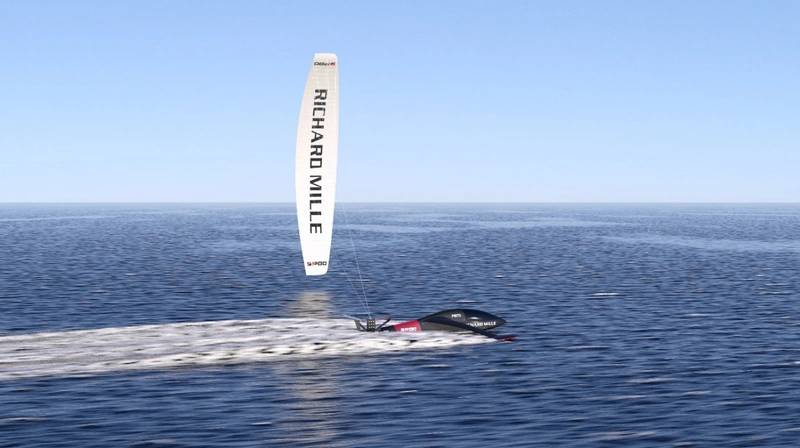
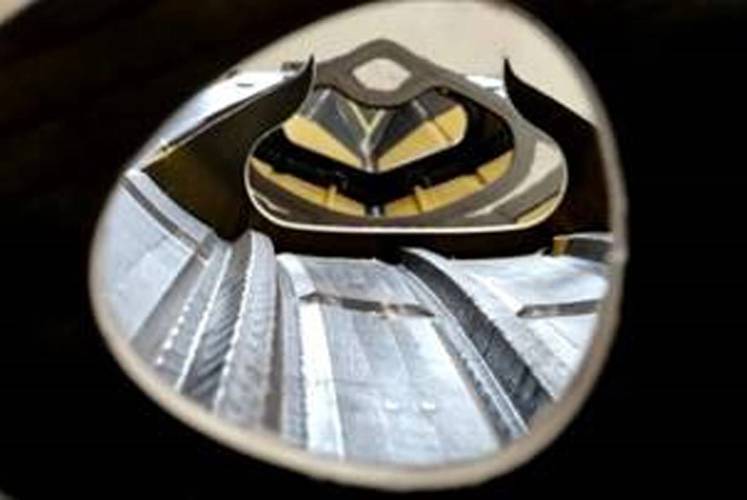
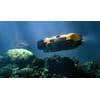
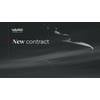
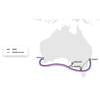

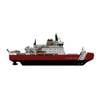











 December 2025
December 2025



